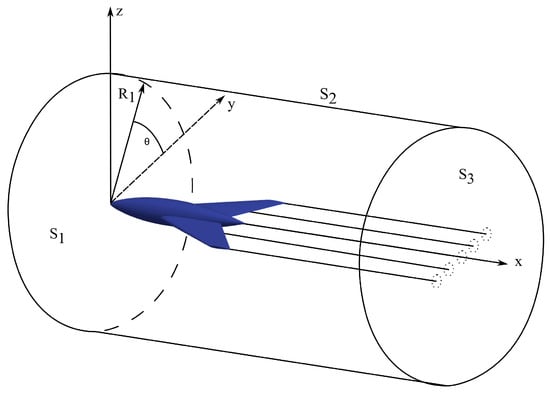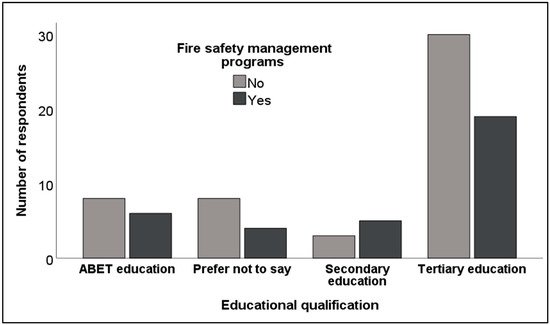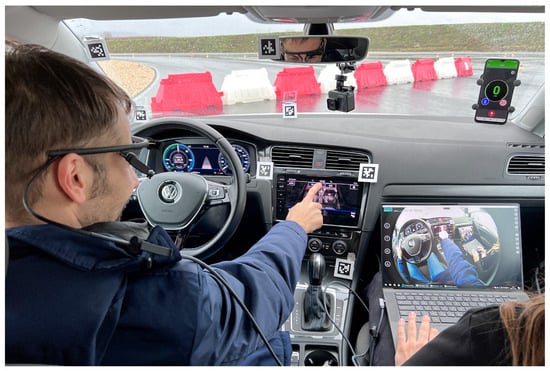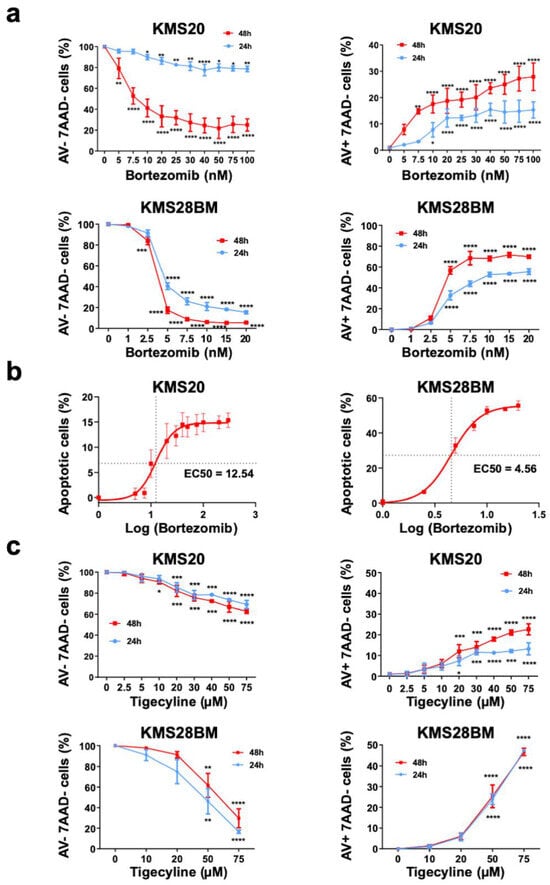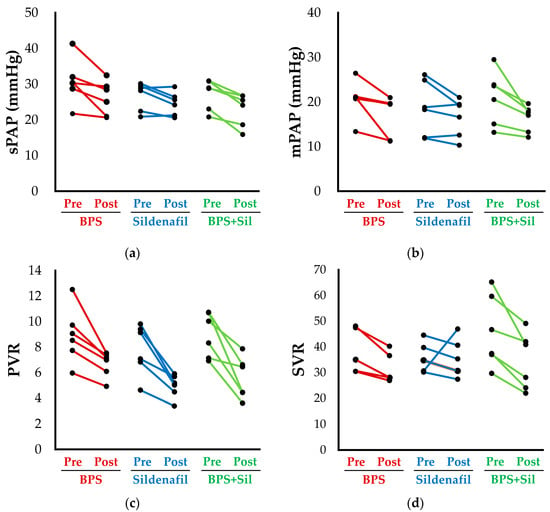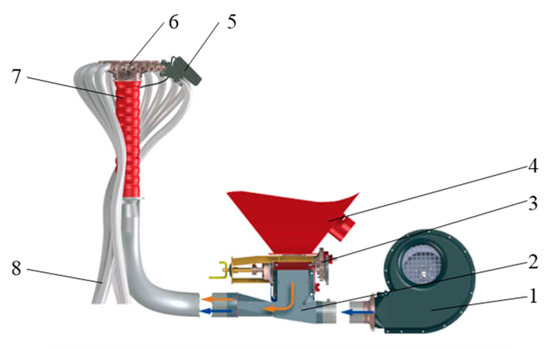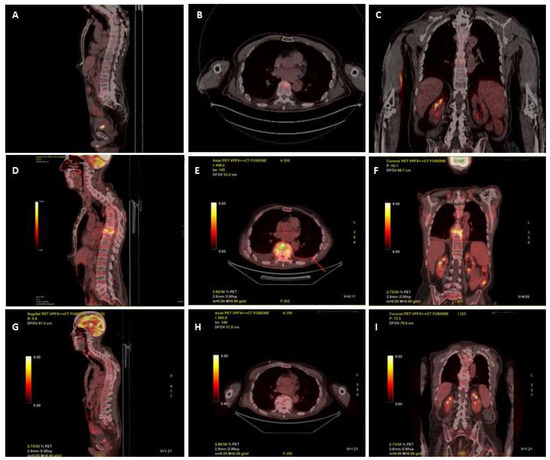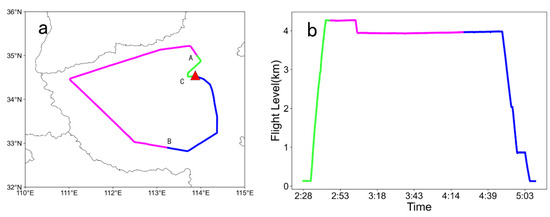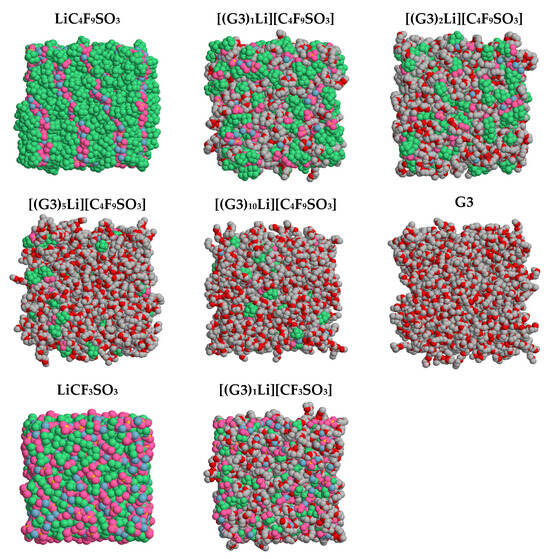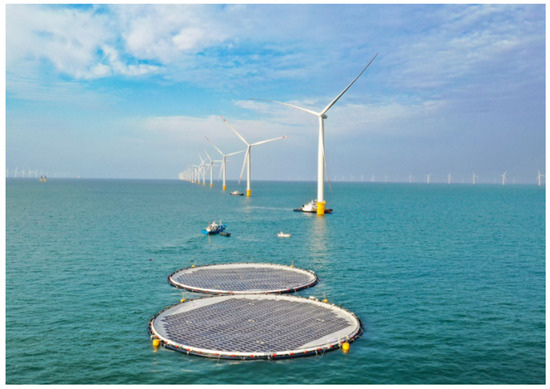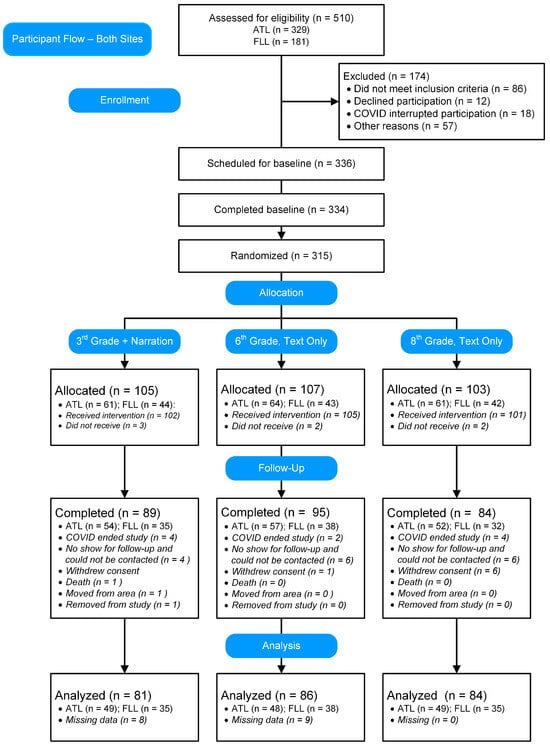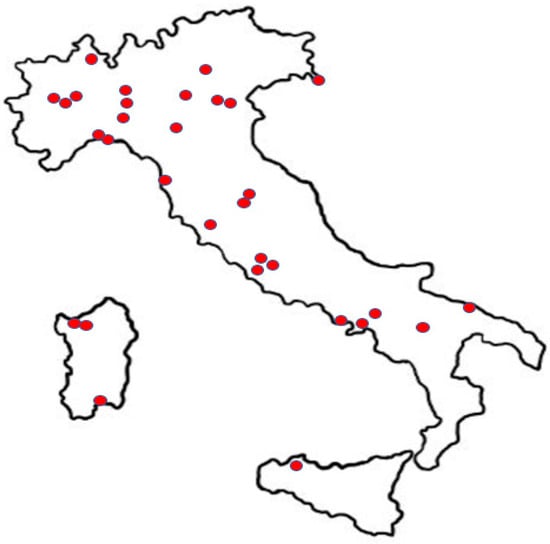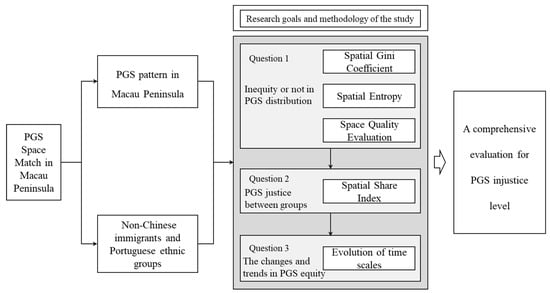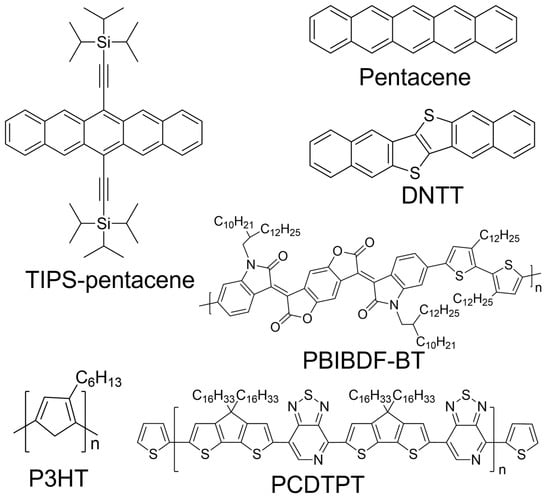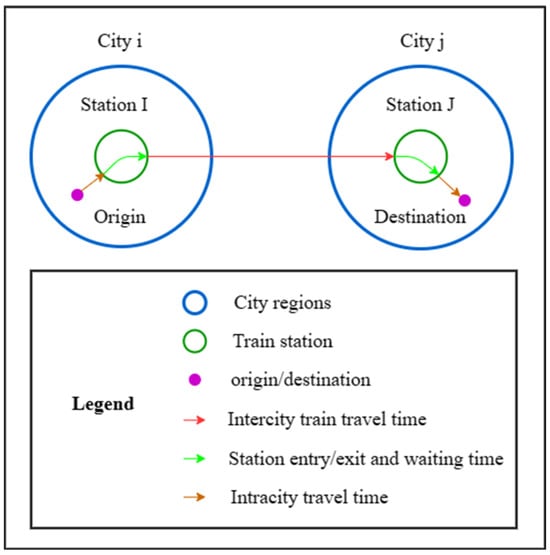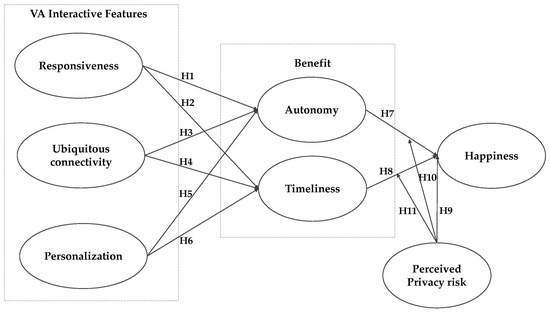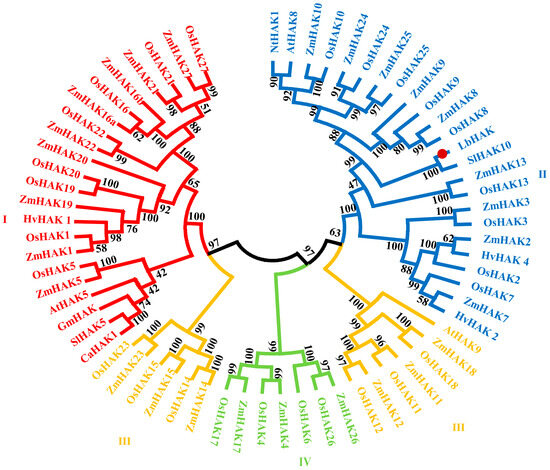Arbuscular mycorrhizal (AM) fungi can establish a mutualistic relationship with the roots of most terrestrial plants to increase plant nutrient uptake. The effects of potassium uptake and transport by AM symbiosis are much less reported compared to other nutrients. In this research, a heterologous yeast system was used to verify that the LbHAK has capacity for potassium uptake. The split-roots system implemented using seedlings of
Lycium barbarum confirmed that
R. irregularis locally induced
LbHAK expression, which means that
LbHAK is only expressed in mycorrhizal roots. Furthermore, the impacts of overexpression of
LbHAK on the growth, nutrients and water uptake, and transport of mycorrhizal tobacco (inoculation with
Rhizophagus irregularis) at 0.2 mM and 2 mM K conditions were assessed. The mycorrhizal tobacco growth and potassium accumulation were significantly enhanced through
LbHAK overexpression in tobacco. In addition, overexpression of
LbHAK substantially enhanced phosphorus content, while stimulating the expression of
NtPT4,
Rir-AQP1, and
Rir-AQP2 in mycorrhizal tobacco. Moreover,
LbHAK overexpression greatly promoted AM colonization.
LbHAK has a potential role in facilitating potassium absorption through the mycorrhizal pathway, and overexpression of
LbHAK in tobacco may promote the transport of potassium, phosphorus, and water from AM fungi to tobacco. These data imply the important roles played by the
LbHAK in AM-fungi-induced potassium uptake in
L. barbarum and in improving plant nutrients and AM colonization.
Full article
 IJMS
IMPACT
IJMS
IMPACT Applied Sciences
IMPACT
Applied Sciences
IMPACT Sustainability
IMPACT
Sustainability
IMPACT Sensors
IMPACT
Sensors
IMPACT JCM
IMPACT
JCM
IMPACT Energies
IMPACT
Energies
IMPACT Molecules
IMPACT
Molecules
IMPACT Materials
IMPACT
Materials
IMPACT Remote Sensing
IMPACT
Remote Sensing
IMPACT Cancers
IMPACT
Cancers
IMPACT Electronics
IMPACT
Electronics
IMPACT Mathematics
IMPACT
Mathematics
IMPACT Foods
IMPACT
Foods
IMPACT Buildings
IMPACT
Buildings
IMPACT Plants
IMPACT
Plants
IMPACT Nutrients
IMPACT
Nutrients
IMPACT Animals
IMPACT
Animals
IMPACT Polymers
IMPACT
Polymers
IMPACT Water
IMPACT
Water
IMPACT Diagnostics
IMPACT
Diagnostics
IMPACT Biomedicines
IMPACT
Biomedicines
IMPACT Agronomy
IMPACT
Agronomy
IMPACT Microorganisms
IMPACT
Microorganisms
IMPACT Processes
IMPACT
Processes
IMPACT Healthcare
IMPACT
Healthcare
IMPACT Forests
IMPACT
Forests
IMPACT Cells
IMPACT
Cells
IMPACT JMSE
IMPACT
JMSE
IMPACT Medicina
IMPACT
Medicina
IMPACT Viruses
IMPACT
Viruses
IMPACT Agriculture
IMPACT
Agriculture
IMPACT Nanomaterials
IMPACT
Nanomaterials
IMPACT IJERPH
IJERPH
 Land
IMPACT
Land
IMPACT Pharmaceutics
IMPACT
Pharmaceutics
IMPACT Pharmaceuticals
IMPACT
Pharmaceuticals
IMPACT Religions
IMPACT
Religions
IMPACT Biomolecules
IMPACT
Biomolecules
IMPACT Life
IMPACT
Life
IMPACT Micromachines
IMPACT
Micromachines
IMPACT Atmosphere
IMPACT
Atmosphere
IMPACT Antioxidants
IMPACT
Antioxidants
IMPACT Genes
IMPACT
Genes
IMPACT Metals
IMPACT
Metals
IMPACT Symmetry
IMPACT
Symmetry
IMPACT Children
IMPACT
Children
IMPACT Coatings
IMPACT
Coatings
IMPACT Vaccines
IMPACT
Vaccines
IMPACT Horticulturae
IMPACT
Horticulturae
IMPACT Education Sciences
IMPACT
Education Sciences
IMPACT Minerals
IMPACT
Minerals
IMPACT Brain Sciences
IMPACT
Brain Sciences
IMPACT JPM
IMPACT
JPM
IMPACT Bioengineering
IMPACT
Bioengineering
IMPACT




